Yes, we succumbed to the ”cool-looks” of adding a snorkel to our budget build OVR Toyota Land Cruiser 100 Series Project vehicle, and gained some performance advantages by doing so too.
The stated advantages of having a raised air intake snorkel on your off-roader include cleaner, cooler air induction and if properly setup, the ability to ford water at depths you wouldn’t want to attempt with a stock airbox. There’s much more to this topic, covered by this linked article. Off the record, there’s the distinctive “safari” look that many like too.
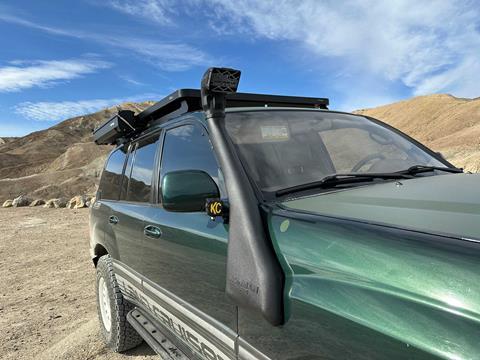
We must admit, we’re not immune to enhancing the aesthetics of the Toyota Land Cruiser and we do think that the look of a snorkel fits it well, especially considering we’re going for an Australian touring style build.
What We Looked For
When shopping for a snorkel, we realized that there are plenty of options available to the Land Cruiser. Functionally, the snorkel should be made of a durable, highly UV resistant material that is constructed out of a minimal number of pieces. The more “sections” a snorkel has, the more failure points that could lead to leaks it potentially has.
Snorkels are mainly made in two materials, metal or plastic. The debate rages on about which functions better, but we eventually decided on a plastic one. We love the look of metal snorkels, but we chose a polymer model due to its lightweight and the fact that it’s impervious to rust.
By far the most popular polymer snorkel it seems, is the Safari Snorkel. While they are a proven design, we aren’t all that fond of the rather large and bulky snorkel body that covers a large part of the 100 Series Land Cruiser’s fender.
We wanted a snorkel with a minimized body for several reasons. It is this writer’s opinion that while snorkels can help to enhance the look of an overland style build, the snorkels themselves can be pretty unsightly as well. We also wanted a snorkel that didn’t interfere with the radio antenna mounting hole, which many 100 Series snorkels do.
Lost Antenna
We also wanted to try to keep our factory radio’s antenna placement and it seems that the elongated snorkel bodies necessitate the blockage of the antenna hole. Lefthand drive Land Cruisers have their radio antennas located on the right fender of the 100 Series, while righthand drive Land Cruisers have them located on the left.
Many of the available snorkels hail from Australia, which means their designs are based on righthand drive Land Cruisers. It seems as though most manufacturers didn’t design their snorkels with right fender mounted antennas in mind. For most of us lefthand drive 100 Series Land Cruiser owners, the addition a snorkel means losing your factory radio antenna.
For some drivers the radio isn’t important and we may be showing our age here, but we still like to listen to the radio when we’re driving around town so it was important to us to keep it if possible. The antenna situation gets pretty in-depth and is probably interesting only to a small niche audience, so we’ll follow up with another article specifically on this topic.
Airforce Snorkel
After doing our research, we saw that the Ironman 4x4 Airforce snorkel checked all of our boxes. It is made from UV-stabilized polyethylene plastic, has a single-piece construction main body that only minimally covers the fender, and it does not interfere with the exterior radio antenna hole. Even better, the snorkel is selling for $299 on Ironman 4x4’s website at the time of this article’s writing so it checks our budget build box too.
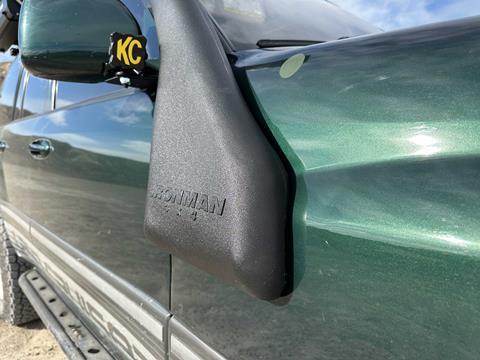
Ironman 4x4’s Airforce Snorkel is crafted with tight tolerances in order to ensure a precise fit. Ironman 4x4 tells us that the development of their Airforce snorkel utilized computational fluid dynamics simulations and rigorous real-world testing, taking into account the vehicle’s shape to maintain unobstructed airflow for a consistent flow of air.

Installation
Installing a snorkel is a permanent modification that requires holes to be drilled in the fender and A-pillar. While this is certainly a DIY-able project for many, we headed to RPM Off-Road Garage to have them tackle the install nonetheless. We left the drilling of large holes into the vehicle up to the experienced experts.
We picked up the Land Cruiser the next day and found that thanks to the Airforce snorkel’s precisely molded shape, it fit the contours of the Land Cruiser perfectly. The airduct is routed under the fender to the factory airbox. Special thanks to RPM once again for a job well done.
Living With A Snorkel
Although we’re located in Southern California, we’ve had some torrential downpours – atmospheric rivers they call it – over the past couple of months. Although we avoided driving the OVR LC100 during the worst of the storms, we did take it out during varying amounts of rain for short drives. The ram-air head did a good job of dispersing the water that was ingested into the snorkel.
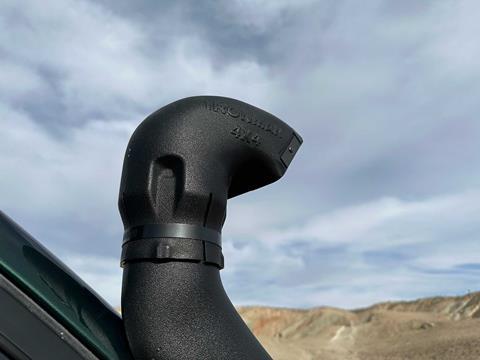
We surmise most of it came out under the head’s collar as designed. We didn’t see any water drops make it into the airbox, which brought us piece of mind. We aren’t certain if this would still be the case if we drove longer distances during the worst of the rain however. We’ll follow up with an update if we have a chance to find out.
As with most snorkels, it adds a small amount of wind noise when driving, but it’s nothing bothersome to us at all. On the topic of noises, we also didn’t detect any air intake noises. As for power and gas milage, we didn’t experience any noticeable gains or losses in either category so far. We’ll update this article after we do some longer-range drives.
A Unique Issue
Every customized vehicle has its own unique set of challenges and for ours, when it came to the snorkel and how we mounted our ditch lights, clearance was going to be an issue. We mounted our KC Hilites Flex Era 1 ditch lights on Ronin Metalworks Ditch Light Brackets that are situated under the Land Cruiser’s side view mirrors.
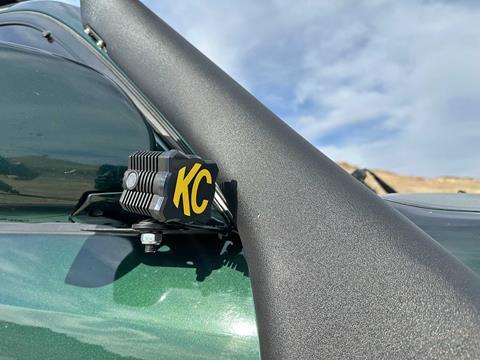
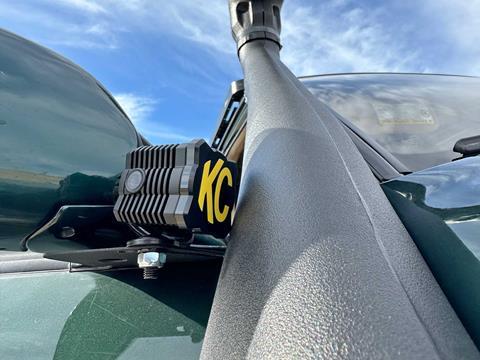
With the passenger door open, we weren’t totally sure if the light would clear the snorkel without making contact. Luckily for us, the KC light with its cover on barely clears the snorkel by a paper thin margin when the door is opened all the way.
Final Thoughts
We’ve been running the Ironman 4x4 Airforce snorkel for a couple of months now and are glad to report that we are very happy with it so far. Its materials, construction and design are top-notch and it gives us the ability to raise our intake for cooler, cleaner air – and of course, it looks great too. With it, we were able to save our radio antenna too, look for that in a future article soon.
Airforce snorkels are available for a wide range of makes and models; if you’re interested in installing one to your vehicle, we recommend looking into Ironman 4x4’s many offerings.
Ironman 4x4 Airforce Snorkel Suited for Toyota Land Cruiser 100 Series and Lexus LX470
Read More About the OVR LC100 Budget Build by Clicking Here!
For more informative articles like this, consider subscribing to OVR Magazine in print or digital versions here. You can also find the print edition of OVR at your local newsstand by using our Magazine Finder.




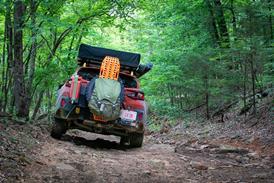
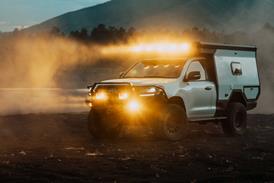
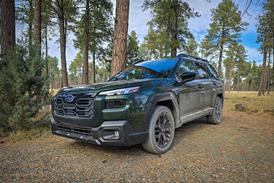
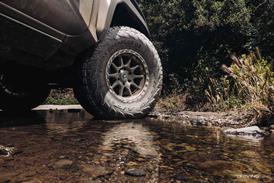
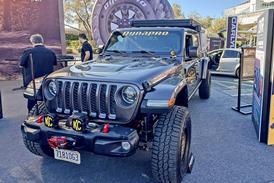
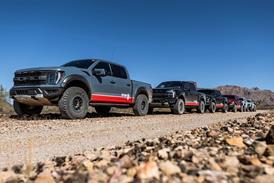
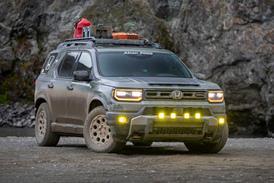


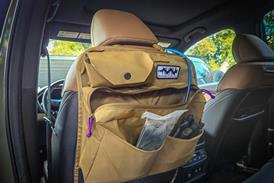
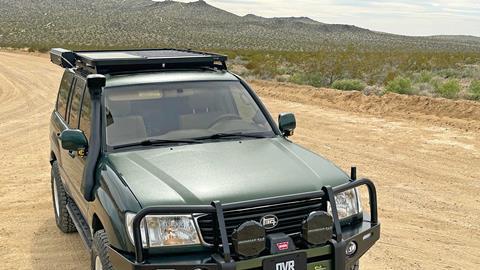
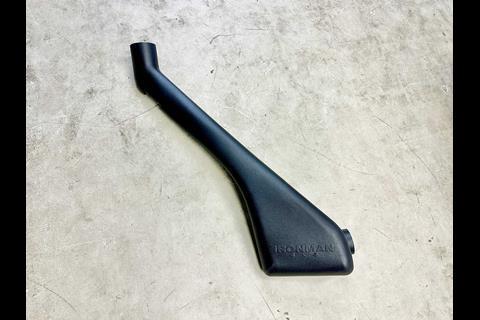

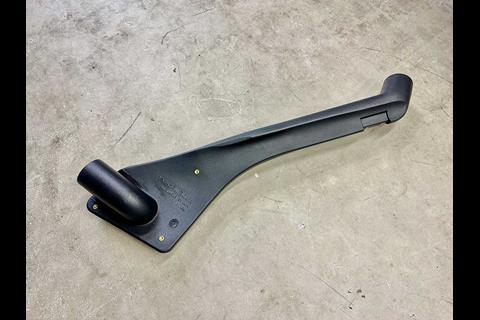
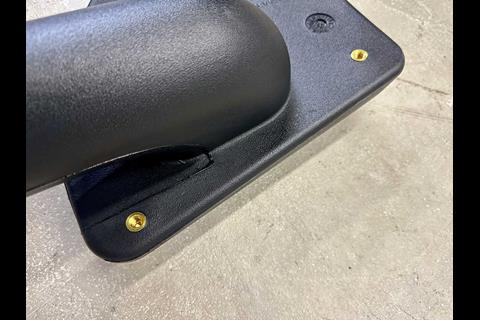
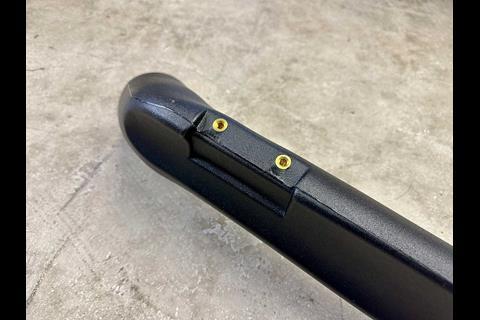






No comments yet